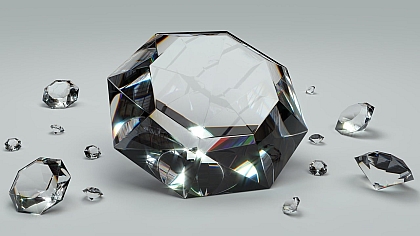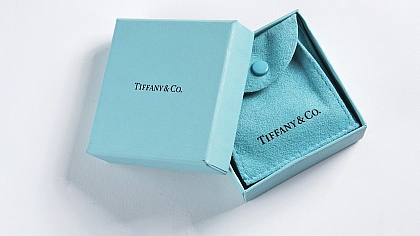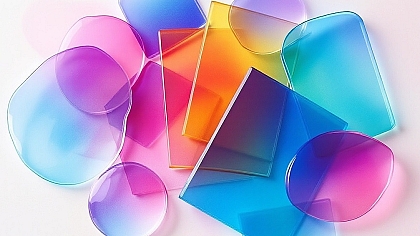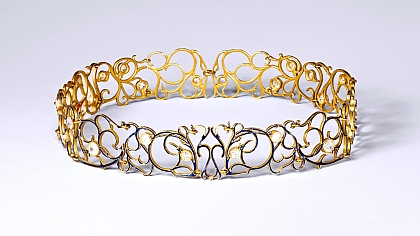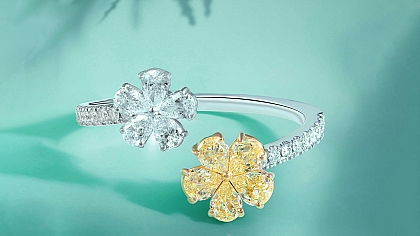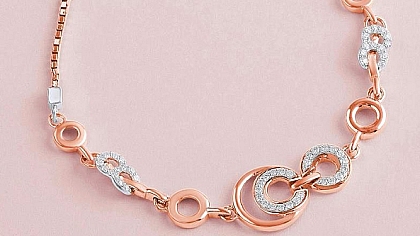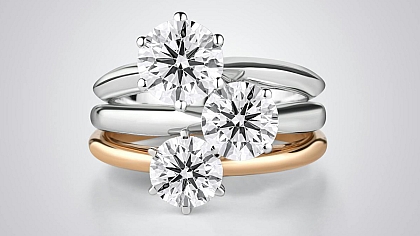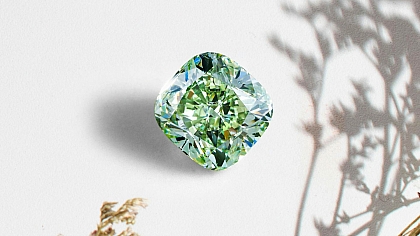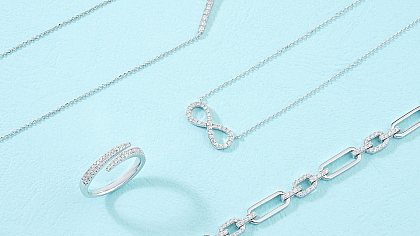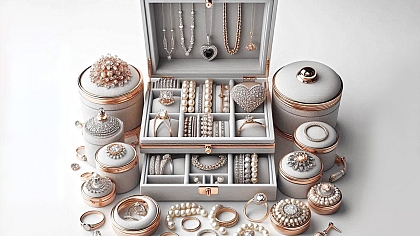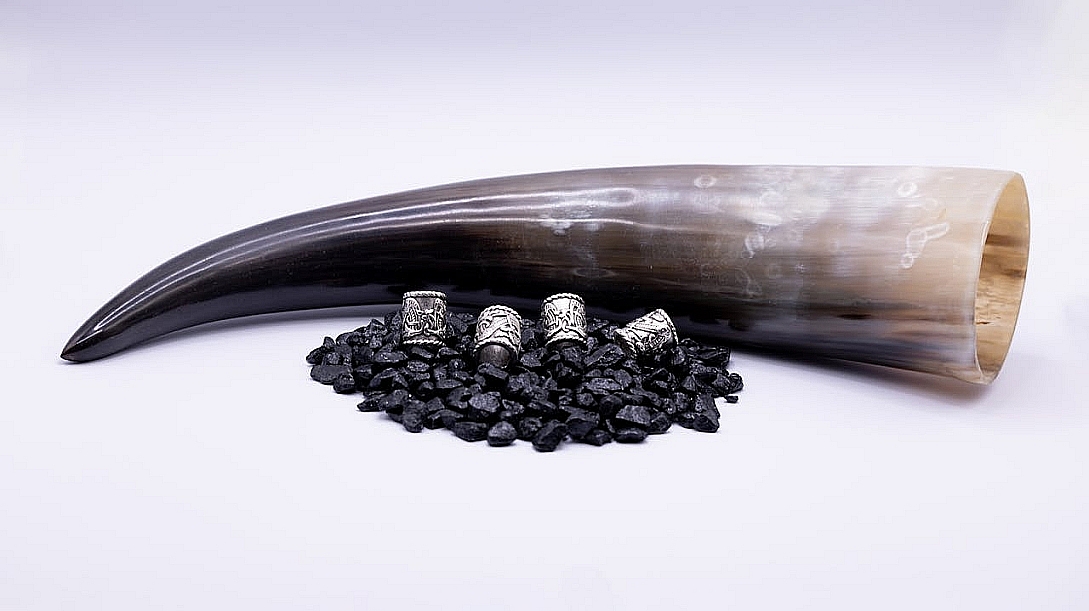
The Legacy of Jewellery: A Journey Through History and Significance
Jewellery has always been more than mere adornment. It serves as a profound reflection of human culture, art, and history. From the elaborate gold necklaces of ancient Egypt to the sleek, minimalist designs of today, jewellery tells a story of human civilization, encapsulating the values, beliefs, and technological advancements of each era.
This guide explores the rich legacy of jewellery, examining its historical journey and cultural significance through various periods.
Ancient Civilizations and Jewellery
The origins of jewellery trace back to ancient civilizations, where it was deeply intertwined with culture, religion, and social status.
Egyptian Jewellery
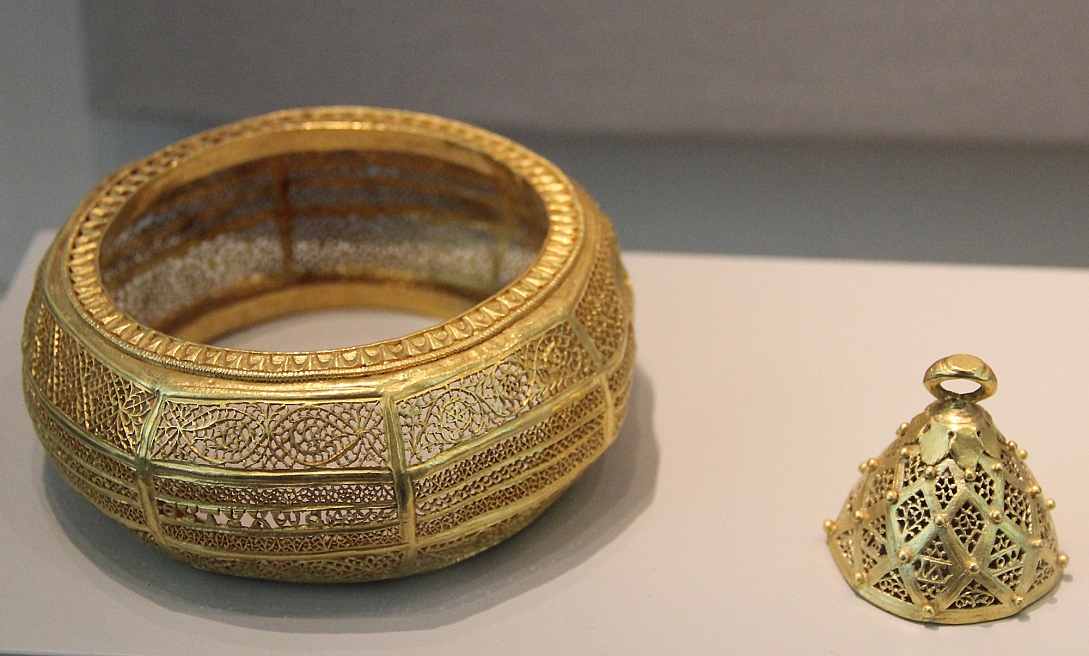
Materials and Techniques: The ancient Egyptians are renowned for their exquisite jewellery, characterized by the use of gold, which was readily available in the region. They also utilized semi-precious stones such as turquoise, carnelian, and lapis lazuli. The Egyptians mastered various techniques including granulation, filigree, and inlay, creating intricate and elaborate pieces that showcased their advanced skills.
Symbolism and Cultural Significance: Jewellery in ancient Egypt was not merely decorative; it held profound symbolic meaning. Amulets and talismans were worn because they were believed to provide protection and invoke their idols' favour. The ankh, symbolizing life, and the scarab, representing rebirth and regeneration, are iconic examples of this. Jewellery was also a status symbol, with elaborate pieces indicating the wearer's social and economic standing.
Mesopotamian Jewellery
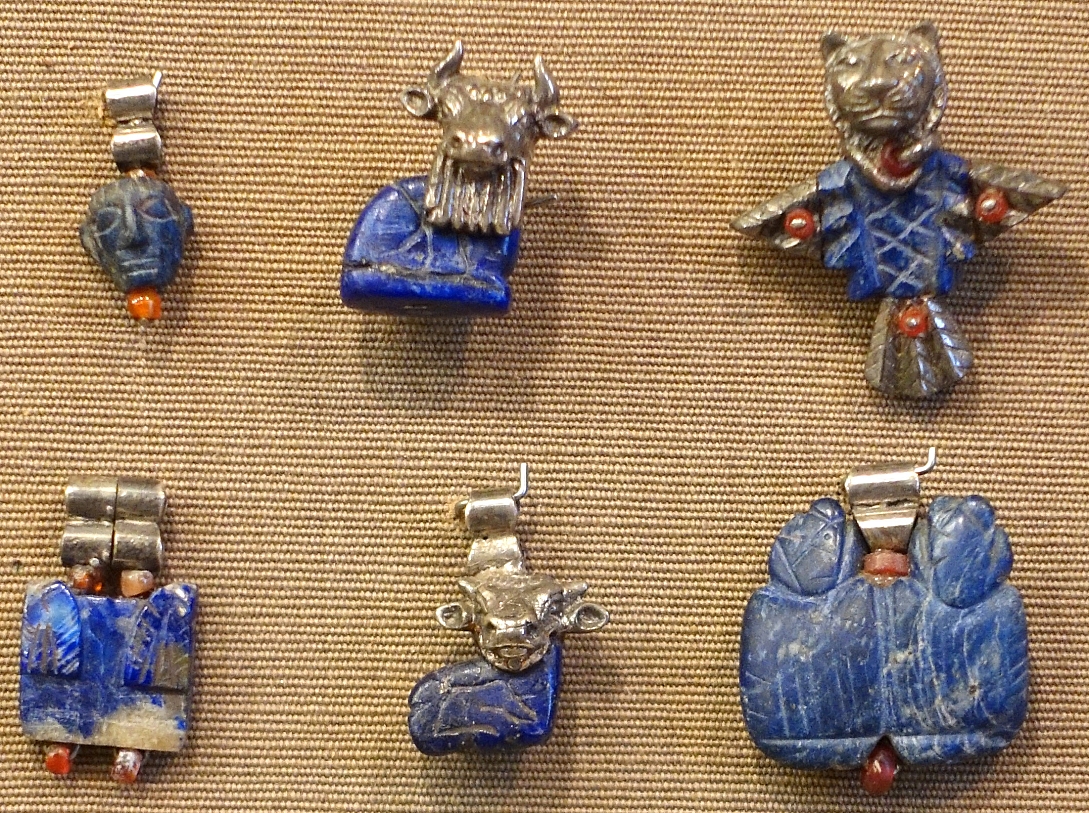
Early Craftsmanship and Designs: In Mesopotamia, jewellery-making dates back to around 2500 BCE. Craftsmen created elaborate pieces using gold, silver, and various gemstones. Common designs included intricate patterns and motifs inspired by nature and mythology. Jewellery often featured geometric shapes and was used to adorn both men and women.
Use of Gemstones and Metals: Lapis lazuli, imported from Afghanistan, was highly prized for its deep blue colour. Other popular materials included agate, carnelian, and jasper. Mesopotamian jewellers pioneered techniques such as cloisonné and engraving, enhancing the visual appeal of their creations.
Greek and Roman Jewellery
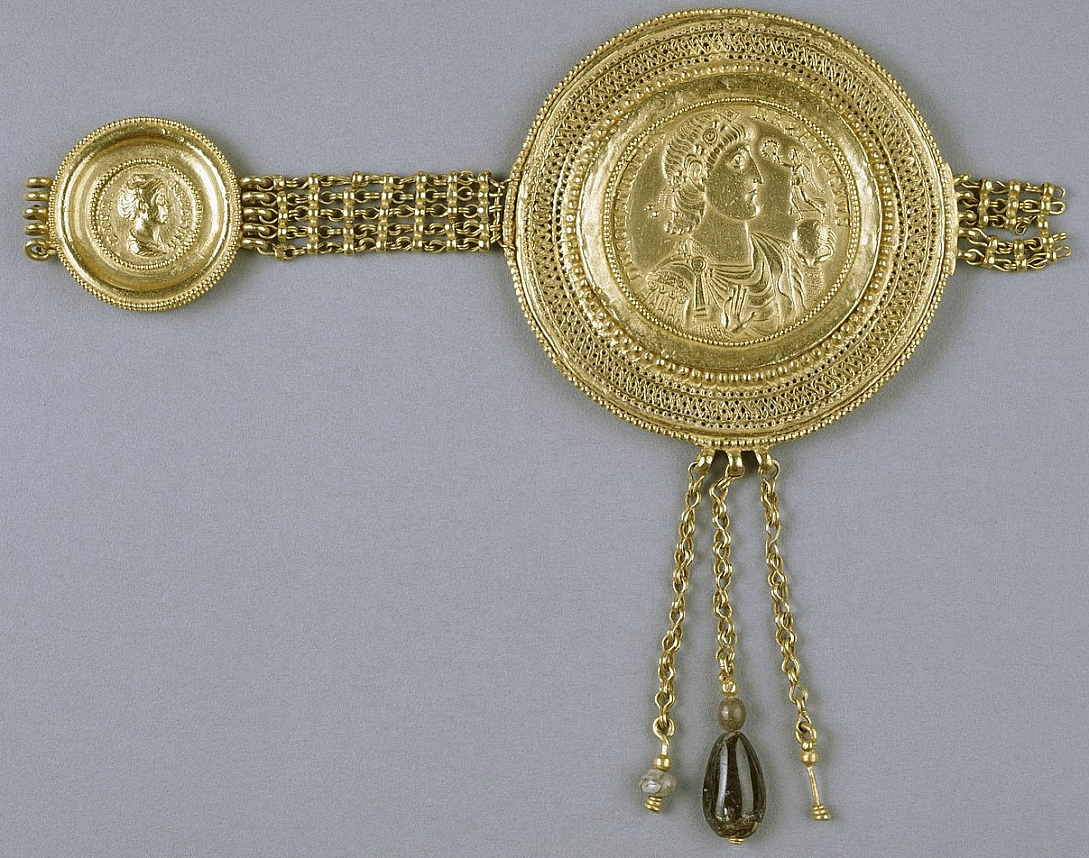
Influence of Mythology and Art: Greek and Roman jewellery was heavily influenced by their mythology and art. Jewellery often depicted idols and mythological scenes, reflecting the importance of these stories in their cultures. The Greeks introduced cameos and intaglios, while the Romans popularized the use of signet rings.
Innovations in Jewellery Making: Both civilizations made significant advancements in jewellery making. The Greeks excelled in the use of granulation and filigree, while the Romans developed new methods for goldsmithing and enamelling. The introduction of gemstones such as emeralds, sapphires, and pearls added new dimensions to their jewellery designs.
Medieval and Renaissance Jewellery
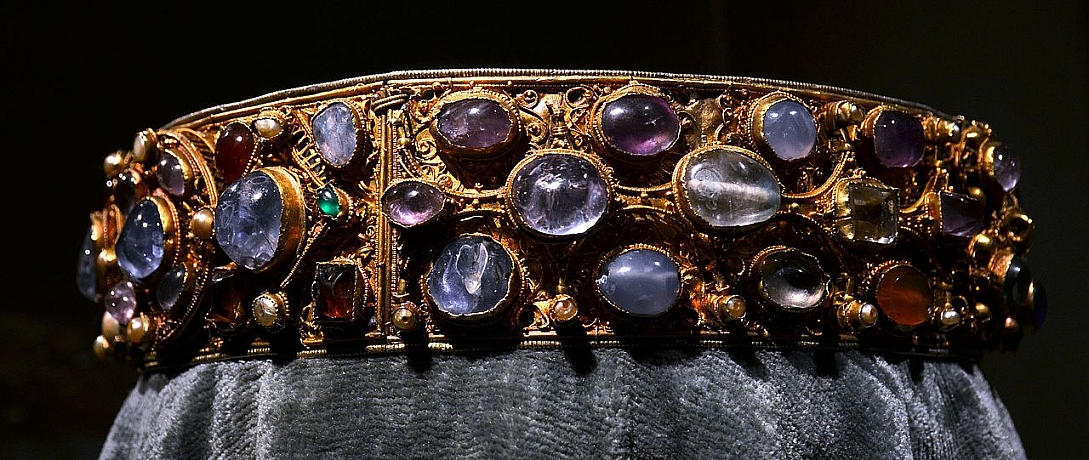
The Medieval and Renaissance periods brought significant changes to jewellery design and usage, influenced by evolving social structures, artistic developments, and technological advancements.
Medieval Jewellery: Role in Society and Status
During the medieval period, jewellery was a powerful indicator of social status and wealth. Nobles and royalty adorned themselves with elaborate pieces to display their power and position. Jewellery was also used as a form of currency and a means of securing wealth. Sumptuary laws regulated who could wear certain types of jewellery, further emphasizing its role as a status symbol.
Common Motifs and Materials: Religious symbolism was prevalent in medieval jewellery, reflecting the central role of the Church in everyday life. Crosses, saints, and other Christian symbols were commonly featured. Materials included gold, silver, and a variety of gemstones, often set in intricate patterns. Enamel work and the use of pearls were also popular. Brooches, rings, and pendants were the most common forms of jewellery, with intricate designs and vibrant colours.
Renaissance Jewellery: Revival of Classical Themes
The Renaissance, meaning "rebirth," saw a revival of interest in the classical art and culture of ancient Greece and Rome. This cultural movement was reflected in jewellery design, which incorporated motifs from classical mythology and naturalistic themes such as flowers and animals. Jewellery became more elaborate and ornate, with a focus on symmetry and proportion.
Advances in Techniques and Gemstone Usage: The Renaissance period was marked by significant advancements in gemstone cutting and setting techniques. The use of diamonds became more prevalent, and the development of faceting allowed for greater brilliance and sparkle in gemstones. Goldsmiths and jewellers refined their craft, producing intricate designs and employing new techniques such as enamelling and the use of coloured glass to imitate precious stones. Renowned jewellers like Benvenuto Cellini exemplified the artistic and technical prowess of this era.
Jewellery in the Modern Era
As we move into the modern era, jewellery design and production were influenced by rapid changes in fashion, technological advancements, and the impact of cultural and artistic movements.
Victorian Era: Sentimental Jewellery and Mourning Pieces
The Victorian era, named after Queen Victoria of England, is known for its sentimental and mourning jewellery. Following the death of Prince Albert, Queen Victoria's consort, mourning jewellery became particularly popular. These pieces, often made from jet or black enamel, were worn to commemorate deceased loved ones. Lockets, brooches, and rings containing hair or portraits of the deceased were common.
Popular Styles and Materials: Victorian jewellery is characterized by its diversity, with styles evolving significantly over the period. Early Victorian (Romantic) jewellery featured intricate designs with natural motifs such as flowers and birds. The mid-Victorian (Grand) period saw more substantial and formal pieces, often incorporating gemstones like amethyst, garnet, and onyx. The late Victorian (Aesthetic) period embraced lighter, more whimsical designs with a focus on artistic expression.
Art Nouveau and Art Deco: Influence of Artistic Movements
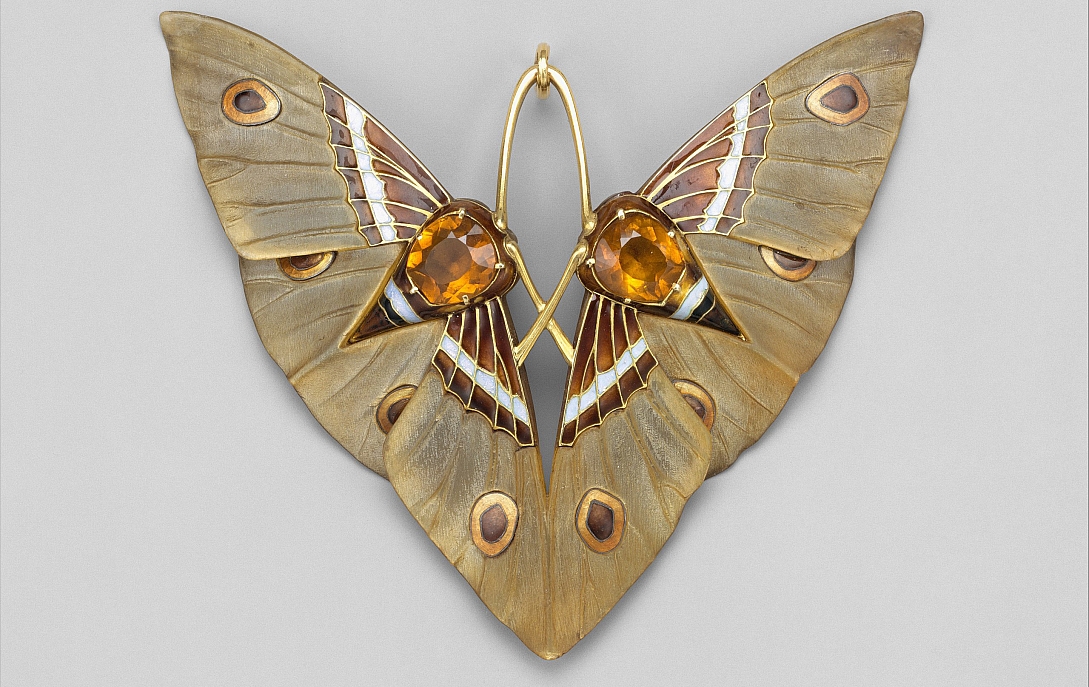
The Art Nouveau movement (circa 1890-1910) emphasized organic forms and natural motifs, with a focus on craftsmanship and artistic expression. Jewellery from this period often featured flowing lines, floral patterns, and the use of materials such as enamel, opal, and moonstone. Renowned jewellers like René Lalique and Louis Comfort Tiffany were central figures in this movement.
In contrast, the Art Deco period (circa 1920-1940) embraced geometric shapes, bold colours, and a sense of modernity. Influenced by the Machine Age and the advent of new materials, Art Deco jewellery often featured symmetrical patterns, abstract designs, and the extensive use of diamonds, rubies, sapphires, and emeralds. Key designers of this period included Cartier and Van Cleef & Arpels.
Mid-20th Century to Present: Evolution of Styles
Post-World War II jewellery saw a shift towards more individualistic and diverse styles, influenced by changing social norms and cultural movements. The 1960s and 70s brought about a resurgence of interest in ethnic and bohemian styles, with an emphasis on handcrafted pieces and the use of natural materials. Contemporary jewellery continues to evolve, with designers exploring innovative materials and pushing the boundaries of traditional craftsmanship.
Impact of Technology and Globalization
Modern technology has revolutionized jewellery making, with techniques like CAD (computer-aided design) and 3D printing allowing for unprecedented precision and creativity. These advancements have enabled designers to create intricate and complex designs that were previously impossible. Globalization has also introduced a wider range of materials and design influences, leading to a more diverse and dynamic jewellery market.
Cultural Significance of Jewellery
Jewellery's cultural significance extends far beyond its aesthetic appeal. It plays crucial roles in various rituals, ceremonies, and personal expressions, often symbolizing deep emotional and social meanings.
Rituals and Ceremonies
Wedding and Engagement Jewellery: One of the most universally recognized forms of ritual jewellery is that associated with weddings and engagements. Engagement rings, typically featuring diamonds, symbolize commitment and love. The tradition of diamond engagement rings was popularized in the 20th century by De Beers' marketing campaigns, emphasizing diamonds as the ultimate symbol of eternal love. Wedding bands exchanged during the marriage ceremony, represent unity and eternal commitment. These rings often feature simple designs in gold, platinum, or other precious metals, sometimes adorned with gemstones.
Religious and Cultural Rituals: Jewellery also plays a significant role in religious and cultural rituals around the world. In Hinduism, bridal jewellery is elaborate and symbolic, including pieces such as the mangalsutra, which signifies marital status, and the nose ring, symbolizing purity and marriage. In many African cultures, beads are used in ceremonies to represent various stages of life, from birth to marriage to death. Jewish tradition includes the use of ceremonial rings in weddings, often inscribed with Hebrew phrases or blessings. In Christianity, crosses and crucifixes are worn as expressions of faith and devotion.
Symbolism and Personal Expression
Jewellery as a Symbol of Identity and Status: Throughout history, jewellery has been a powerful symbol of identity and status. Family crests, religious symbols, and emblems of social rank have been incorporated into jewellery designs to communicate the wearer's identity and standing. Today, jewellery continues to serve as a marker of personal and cultural identity. Pieces such as signet rings, which historically denoted family heritage, are still worn to signify personal identity and lineage. Religious symbols, such as the Star of David or the Islamic crescent moon, are worn to express faith and belonging.
Personal and Emotional Connections: Beyond its societal and cultural roles, jewellery often holds deep personal and emotional significance. Heirloom pieces passed down through generations carry family history and memories, serving as tangible links to the past. Custom-designed jewellery allows individuals to express their personal style and commemorate significant life events, such as births, anniversaries, and achievements. Gifts of jewellery, whether for romantic occasions or milestones, often symbolize love, appreciation, and connection. The emotional value of these pieces often far exceeds their material worth, making them cherished keepsakes.
Technological Advances in Jewellery Making
The craft of jewellery making has been continually transformed by technological advancements, enhancing both the design process and production capabilities.
Early Techniques
Basic Metalworking and Stone Setting: In ancient times, jewellers used simple tools to work with metals and stones. Techniques like hammering, casting, and basic stone setting were foundational to the craft. Early methods included lost-wax casting, where a wax model is covered in clay and then melted away to create a mould for molten metal. This technique allowed for intricate designs and was widely used in ancient Egypt, Greece, and Rome.
Innovations Over Time: Over the centuries, jewellers developed more sophisticated techniques, such as granulation, filigree, and cloisonné. Granulation involves applying tiny beads of metal to a surface to create patterns, while filigree uses fine wire to create delicate designs. Cloisonné involves filling compartments with enamel to add colour and detail. These innovations allowed for more intricate and elaborate jewellery designs, reflecting the growing skill and artistry of jewellers.
Modern Innovations
CAD and 3D Printing: The introduction of CAD (computer-aided design) software has revolutionized the jewellery industry. CAD allows designers to create precise digital models of jewellery, which can be easily modified and visualized before production. This technology enables complex and intricate designs that would be difficult or impossible to achieve by hand. 3D printing further enhances the design process by allowing rapid prototyping and the creation of detailed models that can be used to cast final pieces. These advancements have expanded the possibilities for custom jewellery and innovation in design.
New Materials and Sustainable Practices: Advances in materials science have introduced new options for jewellery making, such as lab-grown diamonds and alternative metals like titanium and tungsten. Lab-grown diamonds offer an ethical and environmentally friendly alternative to mined diamonds, with the same physical and chemical properties. Sustainable practices are becoming increasingly important in the industry, from responsibly sourced materials to eco-friendly production methods. Many jewellers are now adopting sustainable practices to meet the growing demand for ethical and environmentally conscious jewellery.
Jewellery as an Investment
Beyond its aesthetic and cultural value, jewellery can also serve as a significant financial investment, offering the potential for appreciation over time.
Historical Value
Collectable and Antique Pieces: Antique and vintage jewellery are often appreciated in value due to their rarity, historical significance, and craftsmanship. Collectors seek pieces from specific periods or by renowned designers, such as Art Nouveau pieces by René Lalique or Art Deco jewellery by Cartier. The provenance and condition of these pieces are crucial factors in determining their value. Well-preserved antique jewellery with documented provenance can command high prices at auctions and among collectors.
Preservation and Care: Maintaining the condition of investment jewellery is essential to preserving its value. Proper storage, regular cleaning, and occasional professional maintenance can prevent damage and wear. Jewellery should be stored in a dry, secure place, ideally in individual compartments to prevent scratching. Regular inspection and cleaning by a professional jeweller can ensure that settings are secure and gemstones remain in good condition.
Market Trends
Current Investment Opportunities: The jewellery market continues to evolve, with certain gemstones and styles becoming particularly sought after. For example, coloured diamonds, such as pink or blue diamonds, have seen significant appreciation in value due to their rarity. Vintage pieces from iconic designers and limited-edition collections are also highly desirable. Understanding market trends and demand can guide investment decisions and help identify pieces with strong potential for appreciation.
Evaluating Authenticity and Provenance: Ensuring the authenticity and provenance of jewellery is crucial for investment purposes. Certifications from reputable gemological laboratories, such as GIA (Gemological Institute of America), ensure a gemstone's quality and authenticity. Detailed provenance records, including documentation of previous ownership and historical significance, add value and credibility to investment jewellery. Working with trusted jewellers and appraisers can help verify the authenticity and value of potential investments.
Jewellery's journey through history reflects the ever-changing tapestry of human culture, art, and technology. From ancient adornments to contemporary masterpieces, jewellery remains a powerful form of expression and a cherished legacy.
Importance of Quality and Knowledge
Choosing high-quality materials and understanding their characteristics ensures that jewellery pieces are both beautiful and durable. Whether designing custom pieces or purchasing finished jewellery, this knowledge empowers you to make informed decisions and appreciate the artistry involved.
The world of jewellery is rich with history, science, and artistry. By exploring and understanding these elements, one can create and enjoy pieces that not only adorn but also tell a story and stand as a testament to the beauty of human creativity and heritage.
